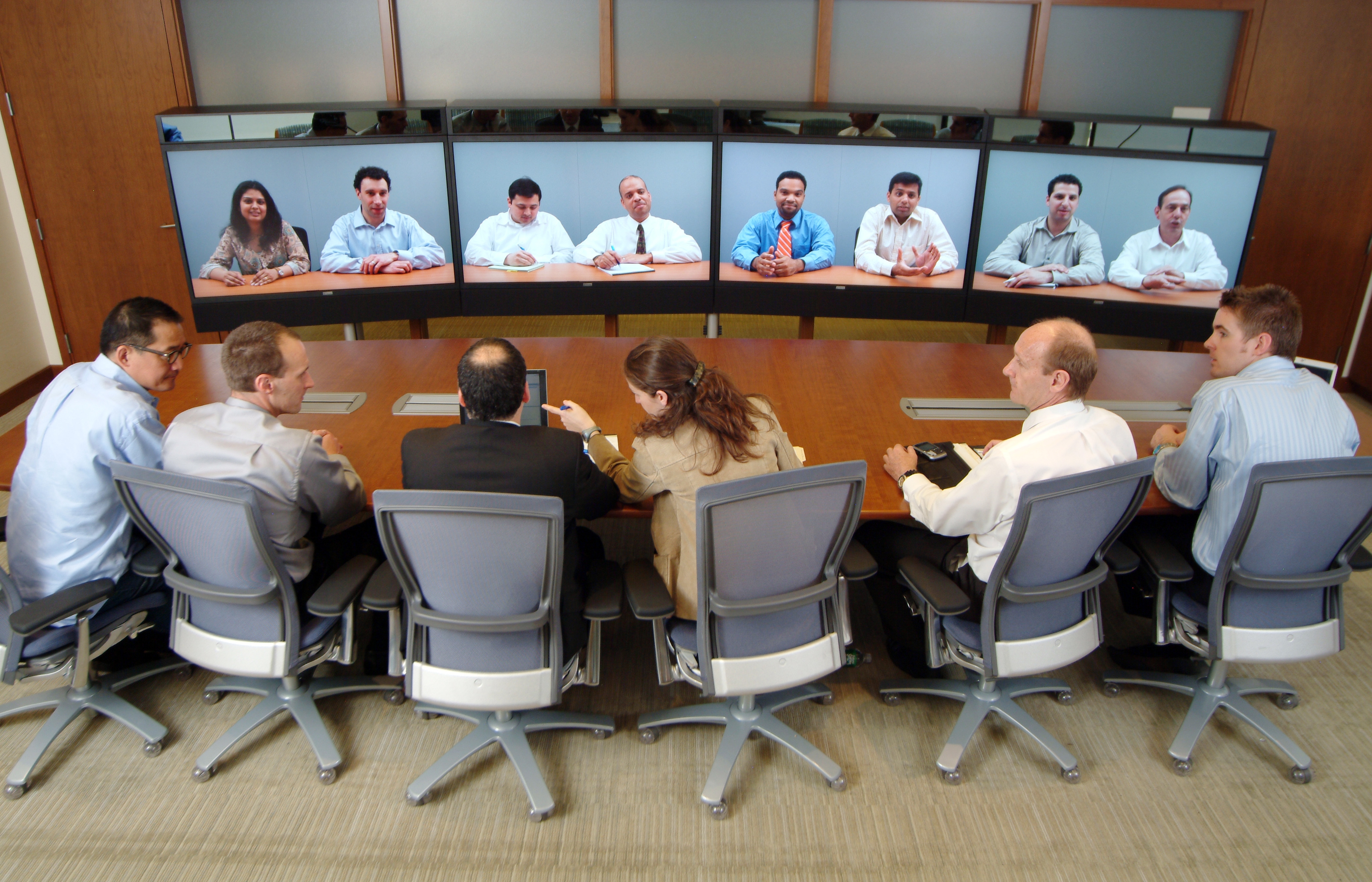Technology has completely revolutionized the way we communicate and collaborate. You no longer need to travel miles across oceans to meet a client or supplier, you can now simply use your video conferencing system to conduct a live meeting. It is the closest you can get to meeting someone in person. However, this does not mean videoconferencing can replace face-to-face meetings. There are various reasons why face-to-face meetings are here to stay:
- Video conferencing lacks detail. Although you can replicate lifelike scenes with high resolution videos, it is nowhere as immersive an experience as it is when you meet face-to-face
- Simple gestures such as a handshake or a customary physical exchange of business cards are culturally important and help start the meeting on a positive note. There is no way video conferencing can support these actions.
- You cannot notice the micro expressions and body language as long as you are sharing the same physical space
- When on a video conference, a part of your concentration tends to get diverted to how good or bad you are looking
- There are technical complexities of managing video conferences with virtual teams using different devices and networks
Having said this, we cannot deny the fact that there are use cases of video conferencing. In certain types of organizations, video conferencing is used extensively for various reasons. Video conferencing makes sense when:
- It is not possible to meet in person, but you need some face time to put across your message effectively
- An international or dispersed group needs to meet
- There are scheduling conflicts and a face-to-face meeting cannot be organized
- There is no time to travel for a meeting
- Situation demands that a group of people from varied locations come together for an urgent brainstorming session
- You are fine tuning a presentation with a virtual team
Types of organizations where video conferencing is used:
Education
- In educational institutions video conferencing is used in order to:
- Bring in subject matter experts from across the world
- Collaborate with remote classrooms
- Broadcast administration news and policies
- Distance learning
- Record and archive teaching sessions for future playback
- Virtual field trips
- Regional staff meetings
Healthcare
- Collaborate with medical specialists from across the world
- Administer remote healthcare
- Broadcast board meetings and news
- Distance learning
Manufacturing
- International collaboration
- Vendor and contractor meetings
- Remote supply chain management and remote quality control
- Distance learning
Finance
- International collaboration
- Communication with corporate office
- Financial earning and other daily updates broadcast
- Remote customer meetings
- Monthly/quarterly reviews
Not for profit
- To expand Outreach without having to travel to rural or remote areas
- Improve donor pitches to win more contributions
Legal
- To enable testifying witnesses in court without having to actually travel to court
- Enabling expert witnesses to testify from remote locations
- Enabling prisoners to see and hear everything that happens in the courtroom, and reducing high-security prisoner travel
While these organizations use video conferencing to save time and money, and to overcome some other situational barriers, but it does not mean video conferencing can work equally well in all organizations. Of course, the factors of cost, time and distance are crucial, but it is important for organizations to weigh them wisely. Face-to-face meetings foster invaluable people skills, which is undeniably the most important part of business.
Remember, while video conferencing allows people to share a connection with each other, the lack of face-to-face puts limits on the amount of connection that can be shared. Without a face-to-face interaction, it is impossible to foster feelings of trust and empathy, which are essential in any successful relationship.


